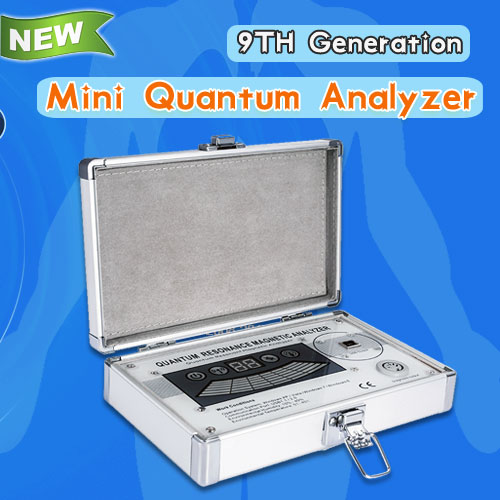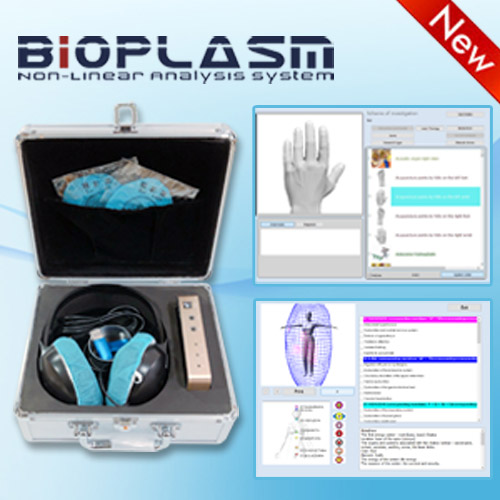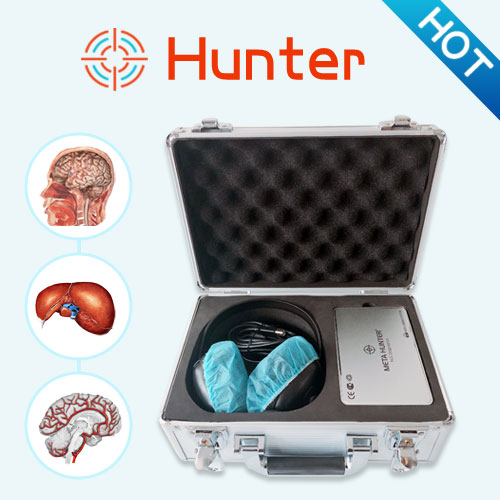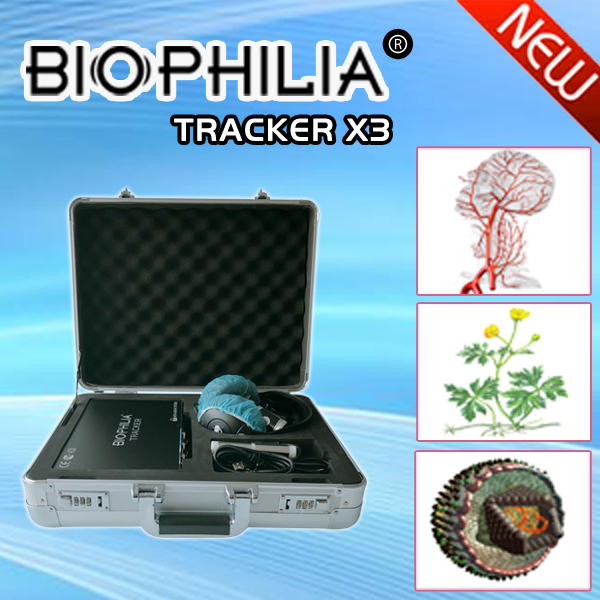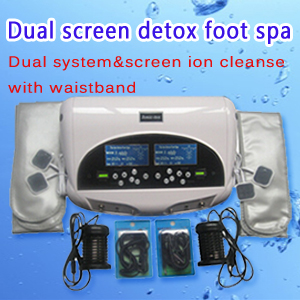Nonlinear Diagnosis System
Nonlinear Diagnosis System (NLS) have been extensively used lately and are gaining ever growing popularity. Even in the few cases where the clinical symptoms look very typical the NLS diagnosis method provides extra information about the extension of affection and enables to judge a prognosis. In most cases it is of vital importance for diagnosis and consequently for the right choice of treatment.
In 2000 it had been 20 years since Theodore Van Hoven developed the theory of quantum entropy logic that underlies the method. So nonlinear diagnosis appears to be the newest of all methods of apparatus diagnostics. At any rate, his discovery became a significant landmark in diagnostic medicine. Nonlinear analysis was originally employed in organic chemistry to determine the composition of complex compounds. The originator of the NLS-diagnosis apparatus (metatron hunter) is acceptedly thought to be Sviatoslav Pavlovich Nesterov who introduced a trigger sencor in 1988 and thus framed the conception of the apparatus. Active work was immediately started to develop and improve NLS-diagnosis systems. Clinical testing of the early equipment marked a period from 1990 through 1995. In the late 90s there was a fast growth in commercial apparatus production and a sudden leap in the quality of the results produced.
The nonlinear diagnosis method is still in its developing stage. The diagnosis techniques are being improved so fast that the system versions have to be updated every six months. Due to the introduction of some new devices equipped with digital trigger sensors the NLS-diagnosis has become not only far more time-efficient but also quite different in terms of quality. Apparently, some dynamic techniques, for instance three-dimensional visualization of investigation results will soon be introduced into everyday practice. The vegetative testing is just one example of ready adoption. The method is employed so widely that it implies a definite range of indications for its use rather than just its popularization.
Research centers go on with their guest for some new investigation methods based on nonlinear analysis systems. The results appear to be quite promising. Unlike NMR and computer tomography, the NLS- analysis does not need high intensity fields. The method seems to have good prospects for metabolism study, particularly on a cell level. The advancement of the NLS-method proceeds along the path not only of technical innovations but also of new applications. Some minor surgical operations, biopsy for one, have been long monitored by ultrasound, fluoroscopy or computer tomography. Today there is an opportunity to have biopsy monitored by NLS. However, many surgeons focus their attention on using this method to perform major surgery.
The cost of equipment for NLS- diagnosis is still very low as compared to some other apparatus methods. This is supposed to promote more extensive use of the method in countries with a rather low standard of living. Of all methods of apparatus diagnostics the NLS one provides a representation closed to a pathologicoanatomic picture. This circumstance, along with innocuousness, promotes rapid development of the NLS- diagnosis.
This article is provide from [Metatron 4025 hunter],please indicate the source address reprinted:http://www.healthycarer.com/news/nls-knowledge/Nonlinear-Diagnosis-System.html


